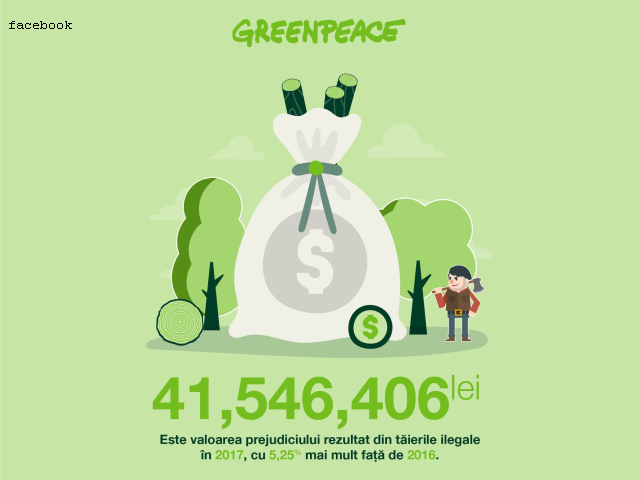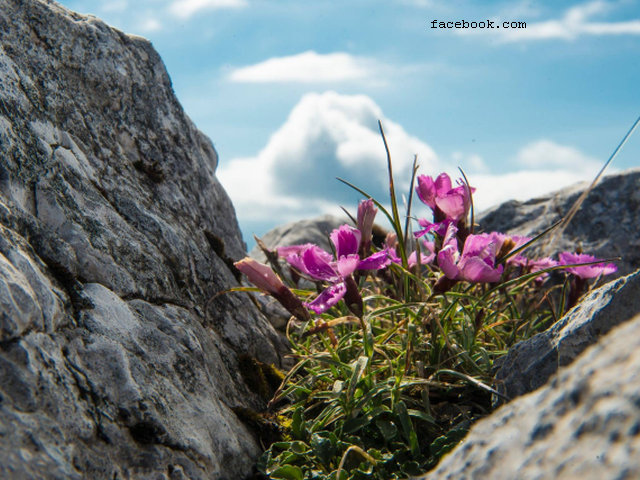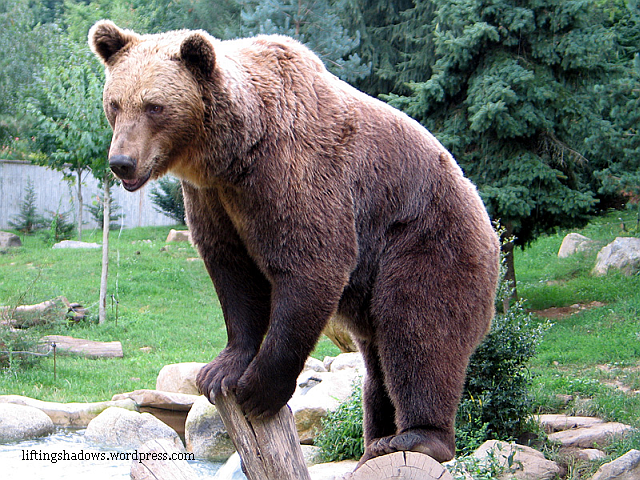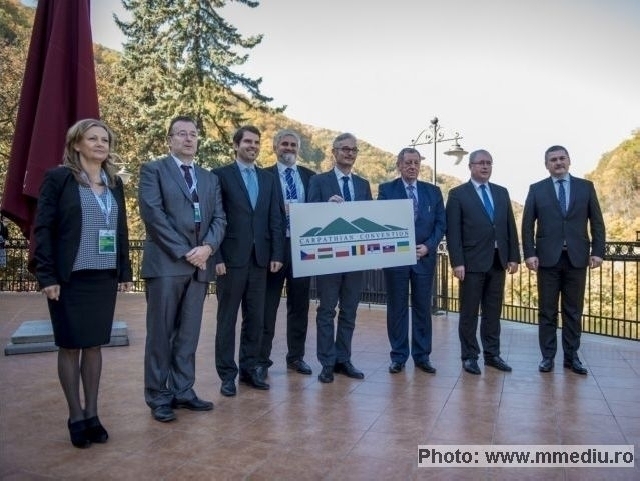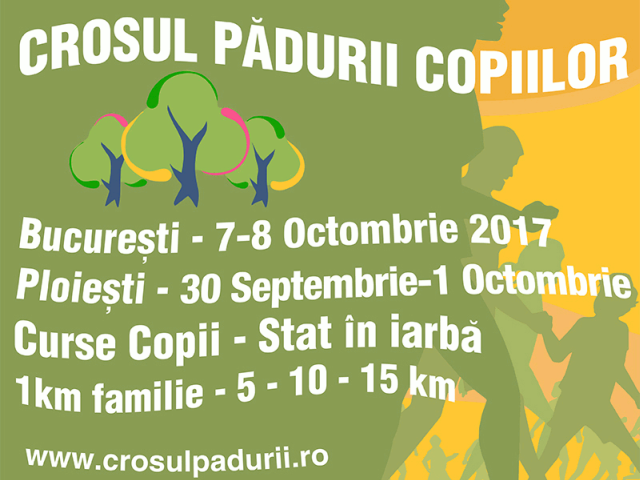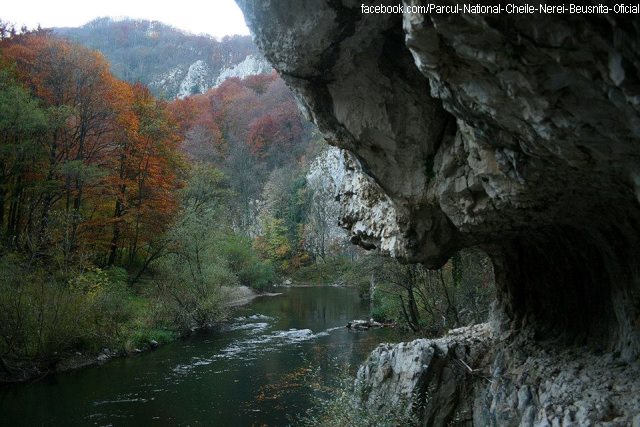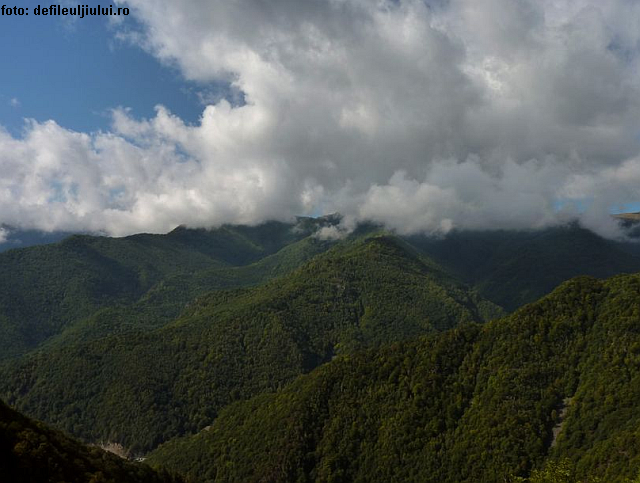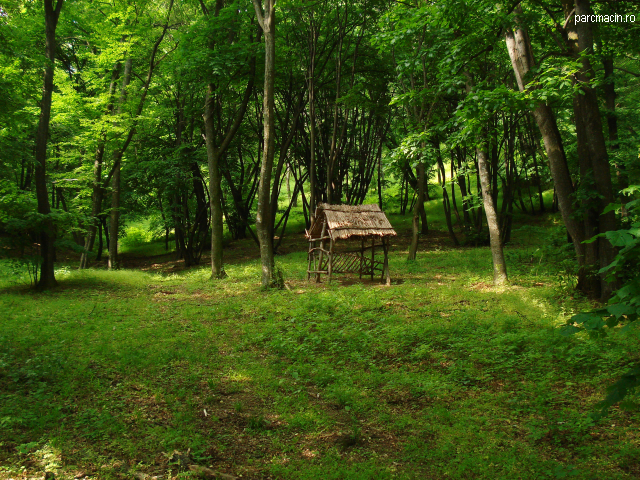In Romania, forested areas have
dropped significantly in surface, reaching 28.95%, around 7 million hectares,
below the EU average of 43%. Of this surface, about 415,000 ha belong to small
scale owners, with under 100 ha, with a great degree of exposure to illegal
logging for lack of supervision. Old-growth forests, lacking human
intervention, account for less than 3% of the total surface, compared to 12% in
1974. Many of these beech forests are part of the UNESCO world heritage. According
to the latest Greenpeace report on illegal logging in Romania in 2017, the
authorities have identified 12,487 cases nationally, around 34 per day, 32%
more than in the previous year. Ciprian Galusca is the coordinator of the
forest and biodiversity campaign with Greenpeace Romania:
The counties with the most illegal logging are Mures, Brasov, and Olt,
worsening compared to 2016. We have 8,000 violations on the books, 62% more
than last year. On the whole, nationally, we have 200,000 cubic meters of wood
getting cut illegally. Official data shows that between 2008 and 2014 8 million
cubic meters got cut illegally, and of these the authorities have uncovered
logging worth 200,000 cubic meters, meaning less than 2%. This means that,
looking at the figures related to the phenomenon the authorities are not very
effective at stopping it.
The counties of Cluj, Maramures and
Sibiu account for 54% of the volume of illegally cut wood in 2017 at the
national level. Over 20,000 cases were investigated last year, up 15% from
2016. In terms of prosecution, almost 5,500 cases were solved by prosecutors,
up 26%, and only 605 were brought to court. 1,465 vehicles used for the
transportation of illegally cut wood were confiscated, up 27.83% compared to
the previous year, as indicated by Greenpeace Romania. Here is Ciprian Galusca
once again:
When we go to the forest to see what happens, we notice that illegal loggers
are very well equipped. They are economic agents with high performance
equipment, cutting trees with a high degree of efficiency. If we look at the
vehicles confiscated by the authorities in 2017, however, we notice that there
are a high number of horse drawn carts. It is impossible to tell clearly how
much illegal wood is getting cut in Romania.
In the last few years, the
authorities in the country have implemented a number of systems and protocols
meant to combat illegal logging, increasing transparency. However, the practice
cannot be stopped, even though the environmental organizations are doing their
best, according to Ciprian Galusca:
Environmental organizations do their job, they draw attention to this
issue, and offer solutions for the citizens to get involved. This is what
Greenpeace does. Soon we will be launching a smartphone application for people
to get involved in protecting forests in Romania, especially old-growth
forests. The app will allow citizens to report suspected illegal cuttings right
in the field, including a questionnaire by which they can identify whether or
not a cutting is illegal. They can send the filled in questionnaire along with
photos and GPS location. We will be analyzing the data, and possibly send in forest
rangers to investigate. At the same time, the app will use recent satellite
imagery, as recent as 2018, and will allow users to check the legality of wood
transports.
So far, civil society has played an
important role in identifying illegal logging, according to the Greenpeace
Report. According to an Ipsos poll conducted in 28 countries, Romanians are
very worried about the deterioration of the environment. Seven out of ten
Romanians say that deforestation is the main environmental problem at local
level, with waste management in second place in terms of environmental issues
in Romania. 34% of respondents share that opinion, with 32% saying that air
pollution was the worst problem.
(Translated by C. Cotoiu)
